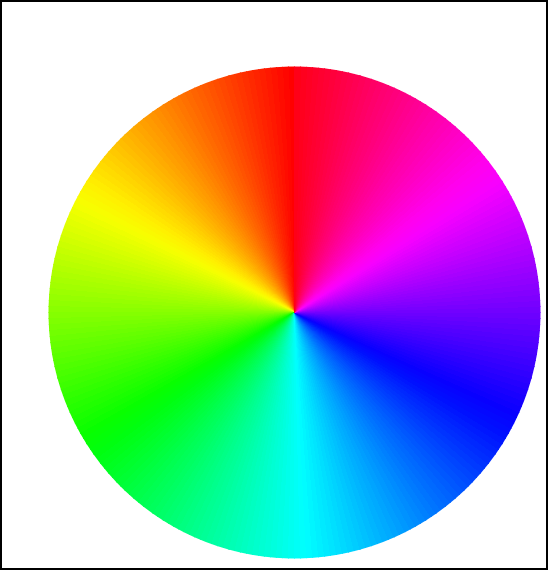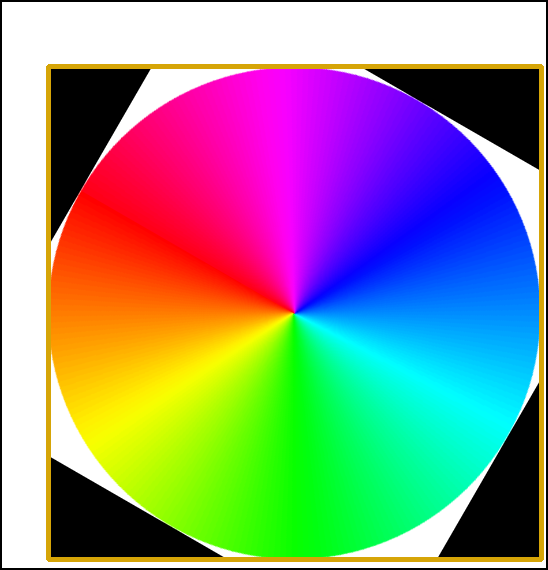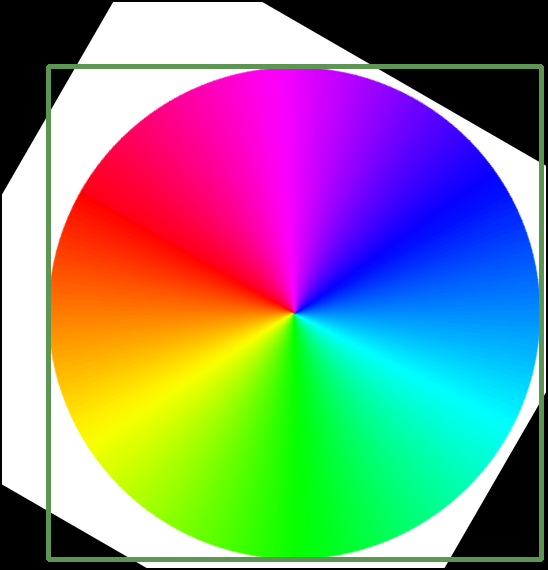A helper package for OpenCV
Project description
Simple helper package for opencv-python
cvhelper is a simpler wrapper for the opencv-python package. As mentioned package only gives access to OpenCV functions, in a C++ style, it can be tedious to write. There is also no support for the OpenCV classes like Rect, Point etc. cvhelper attempts to fix that.
The package is at an early state, and contributions are welcome! The contents of the package have been a demand-and-supply model, where functionality is added as new tedious things in opencv-python are found. Do not hesitate to file an issue, requesting new functionality or enhancement proposals!
Installation
Installation is by the python package manager, pip.
pip install cvhelper
This also installs the dependencies opencv-python, opencv-contrib-python and numpy, if not already present.
Examples
Reading videos
This code speaks for itself.
Vanilla OpenCV:
import cv2 as cv
video = cv.VideoCapture("path/to/file")
if not video.isOpened():
raise ValueError("Could not open video")
while True:
ok, frame = video.read()
if not ok:
break
cv.imshow("Frame", frame)
if cv.waitKey(0) & 0xFF == ord('q'):
break
video.release()
cvhelper:
import cv2 as cv
import cvhelper as cvh
with cvh.load_video("path/to/file") as video:
for frame in cvh.read_frames(video, start, stop, step):
cv.imshow("Frame", frame)
if cvh.wait_key(0) == ord('q'):
break
Rotate A Color Wheel
Say we have the following color wheel image, which we want to rotate.
We of course want to rotate it at it's center, which is not in the center of the image. A possible solution using OpenCV would be
import cv2 as cv
import random
img = cv.imread("resources/color_wheel_invert.png")
gray = cv.cvtColor(img, cv.COLOR_BGR2GRAY)
_, otsu = cv.threshold(gray, 250, 255, cv.THRESH_BINARY_INV)
_, contours, _ = cv.findContours(otsu, cv.RETR_EXTERNAL, cv.CHAIN_APPROX_SIMPLE)
contour = contours[0]
rect = cv.boundingRect(contour) # Gives a tuple (x, y, w, h)
x, y, w, h = rect
color = [random.randint(0, 255) for _ in range(3)]
degrees = 60
center = (x + w / 2), (y + h / 2)
rotation_matrix = cv.getRotationMatrix2D(center, degrees, 1)
rotated_image = cv.warpAffine(img, rotation_matrix, gray.shape[::-1])
cv.rectangle(rotated_image, (x, y), (x + w, y + h), color)
cv.imshow("Image", rotated_image)
cv.waitKey(0)
We first convert the image to gray scale. The color wheel in gray scale does not contain any values of pure white. We can therefore threshold the image at a high threshold, to segment the color wheel.
We then find contours in the image (which in this case only will be one contour), and find the bounding rectangle enclosing the contour. From this rectangle we can find the center point by the means of the top left corner, the height and width. We use this to create a rotation matrix, and call the affine warp function. Lastly, we draw a rectangle around the found contour. This is just for viewing pruposes.
We get the following result.
Although a perfectly fine solution, we cannot help but rotate the whole image. Here is a solution using cvhelper.
cvhelper:
import cv2 as cv
import cvhelper as cvh
img = cv.imread("resources/color_wheel_invert.png")
gray = cvh.bgr2gray(img)
otsu = cvh.threshold_binary(gray, 250, inverse=True)
contours = cvh.find_external_contours(otsu)
contour = contours[0]
rect = contour.bounding_rect # Gives a Rect object
degrees = 60
center = rect.center # Gives a Point object
top_left = rect.tl # Gives a Point object
new_center = center - top_left
img[rect.slice] = cvh.rotate_image(
img[rect.slice], new_center, degrees, unit=cvh.AngleUnit.DEGREES
)
cvh.rectangle(img, rect, cvh.Color.RANDOM)
cv.imshow("Image", img)
cvh.wait_key(0)
We again follow the same approach. However, with the Contour class, we can simply call the bounding rect property. This yields a Rect object, which has a center property. Convenient.
Where we before were left with no (obvious) choice but to rotate the whole image, we can now simply slice the image at the rectangle, only rotating the figure itself. For this exact purpose, it doesn't make much different, but it is a demonstration. We find the new center from which to rotatet, and simply call the rotate image function. We can here choose whether to use degrees or radians. Lastly we draw a rectangle with a random color.
We get the following result.
Not only is this a tad less tedious to write, but we are also easily able to rotate only the relevant part of the circle by slicing. The contour, rectangle and point objects are also an ease to work with.
Other Area of Ease
While not providing examples, there are many other parts of the OpenCV that become an ease to work with, when using cvhelper. Areas include
- Morphology
- Image normalization
- Color conversion
- Thresholding
- Image smoothing
Project details
Release history Release notifications | RSS feed
Download files
Download the file for your platform. If you're not sure which to choose, learn more about installing packages.
Source Distribution
Built Distribution
File details
Details for the file cvhelper-0.1.0.tar.gz.
File metadata
- Download URL: cvhelper-0.1.0.tar.gz
- Upload date:
- Size: 12.9 kB
- Tags: Source
- Uploaded using Trusted Publishing? No
- Uploaded via: twine/1.13.0 pkginfo/1.5.0.1 requests/2.19.1 setuptools/40.8.0 requests-toolbelt/0.9.1 tqdm/4.31.1 CPython/3.7.0
File hashes
| Algorithm | Hash digest | |
|---|---|---|
| SHA256 |
226fc99a5c315bd8987d35f85cf5ae3f811b74be758a723e70eca0201b1c6ddb
|
|
| MD5 |
36a8b0100f3b4db65a39b20cf4c14da1
|
|
| BLAKE2b-256 |
c0f2e11a47e041d6b969b124da8b89115539afa7e3d3b3b3d25c0489c5160446
|
File details
Details for the file cvhelper-0.1.0-py2.py3-none-any.whl.
File metadata
- Download URL: cvhelper-0.1.0-py2.py3-none-any.whl
- Upload date:
- Size: 12.6 kB
- Tags: Python 2, Python 3
- Uploaded using Trusted Publishing? No
- Uploaded via: twine/1.13.0 pkginfo/1.5.0.1 requests/2.19.1 setuptools/40.8.0 requests-toolbelt/0.9.1 tqdm/4.31.1 CPython/3.7.0
File hashes
| Algorithm | Hash digest | |
|---|---|---|
| SHA256 |
6e1cfe2c5b2601befedd117d12a6bc61f9ae5218f1a9a7a47f987f5d581184c0
|
|
| MD5 |
73eee772a691cf5b28899b0a8f530f1b
|
|
| BLAKE2b-256 |
4e8182dc92948e37adf3e8fe0b082447351522e15d141798a2e52cf0414f9b4c
|













